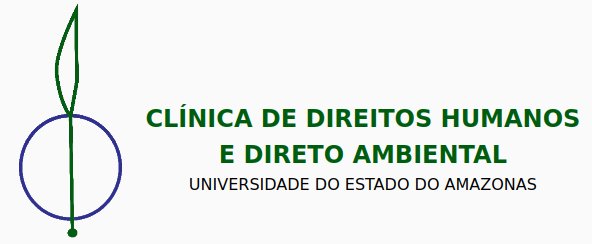
In 2018, the Coordination for the Improvement of Level Personnel Superior (CAPES) launched Public Notice no. 21/2018, referring to the Program National Academic Cooperation in the Amazon (PROCAD/Amazônia) whose general scope was to support joint teaching and research projects, in different institutions of higher education, for the improvement of postgraduate training and the consequent improvement in the quality of Graduate Programs linked to institutions in the North and State of Maranhão, in order to contribute, as stated in the instrument call, “to reduce the regional asymmetries observed in the National Postgraduate System - SNPG, according to Plan guidelines National Graduate Program - PNPG 2011-2020”
In response to this public call from the CAPES Foundation, the Graduate Program in Environmental Law at the State University of Amazonas invited the Graduate Programs in Law of the Pontifical Catholic University of Paraná (PUCPR) and the Integrated Regional University Alto Uruguai e das Missões (URI) to join the project proposal entitled “Socio-environmental Impacts of Mining on Indigenous Peoples and Riverside Communities in the Amazon”, to which they promptly adhered.
In Brazil, contamination of atmospheric air, soil and water by mercury is one of the most serious environmental and public health problems and, paradoxically, the most neglected by state authorities in remote regions of the country with intense mining activity, as is the case in the Amazon. from the decade 1970s, the indiscriminate use, in precarious conditions, of mercury in gold amalgamation process made the problem even more serious, with huge areas that are environmentally degraded and difficult to repair.
Access the complete publication on the site http://repositorioinstitucional.uea.edu.br//handle/riuea/3356.